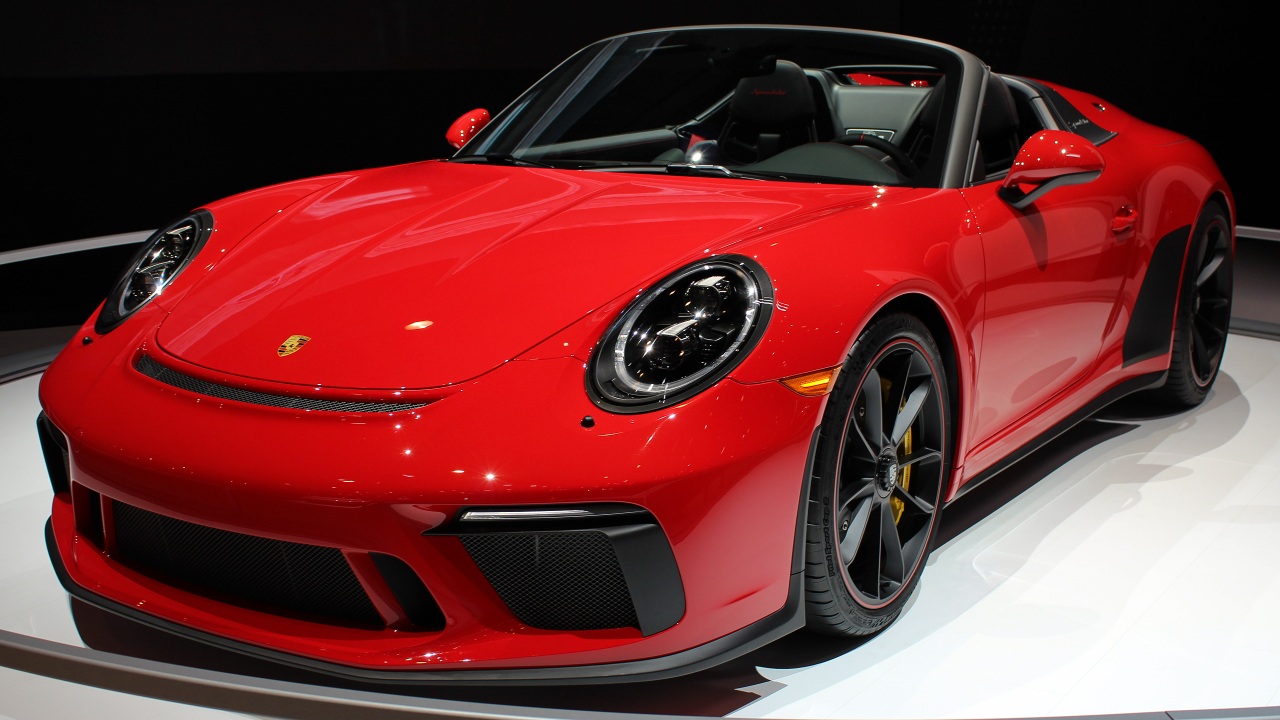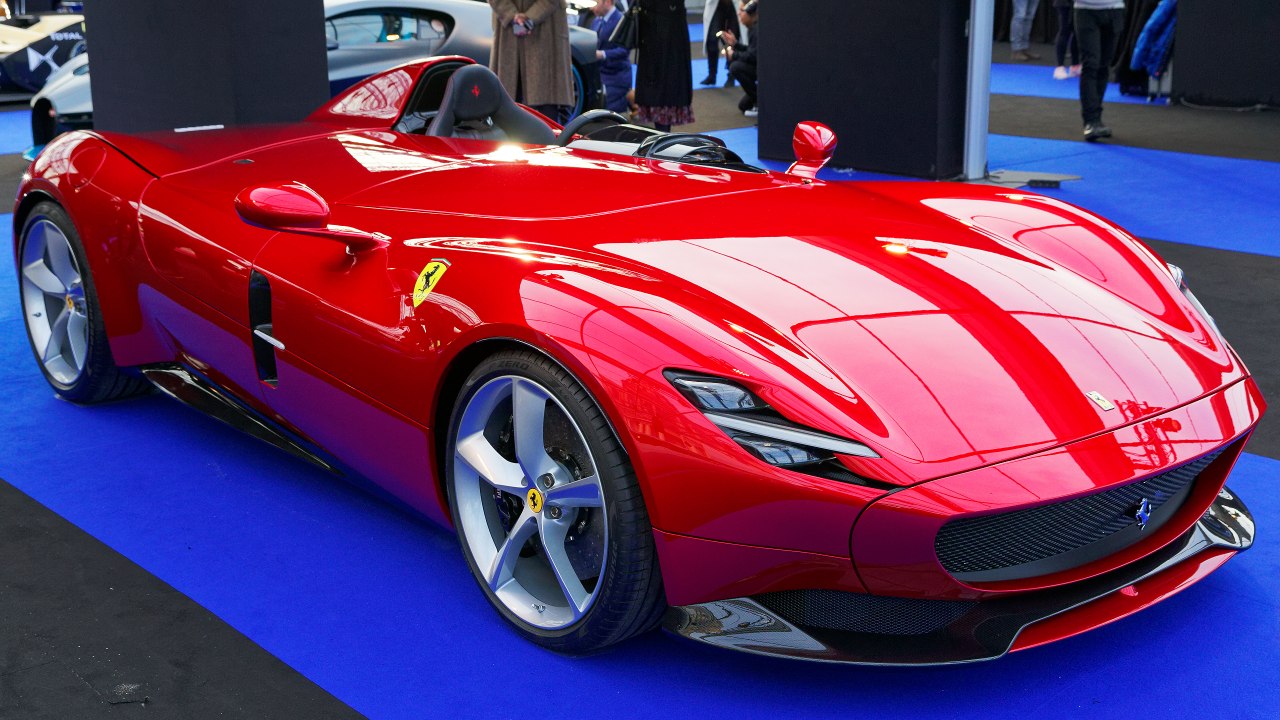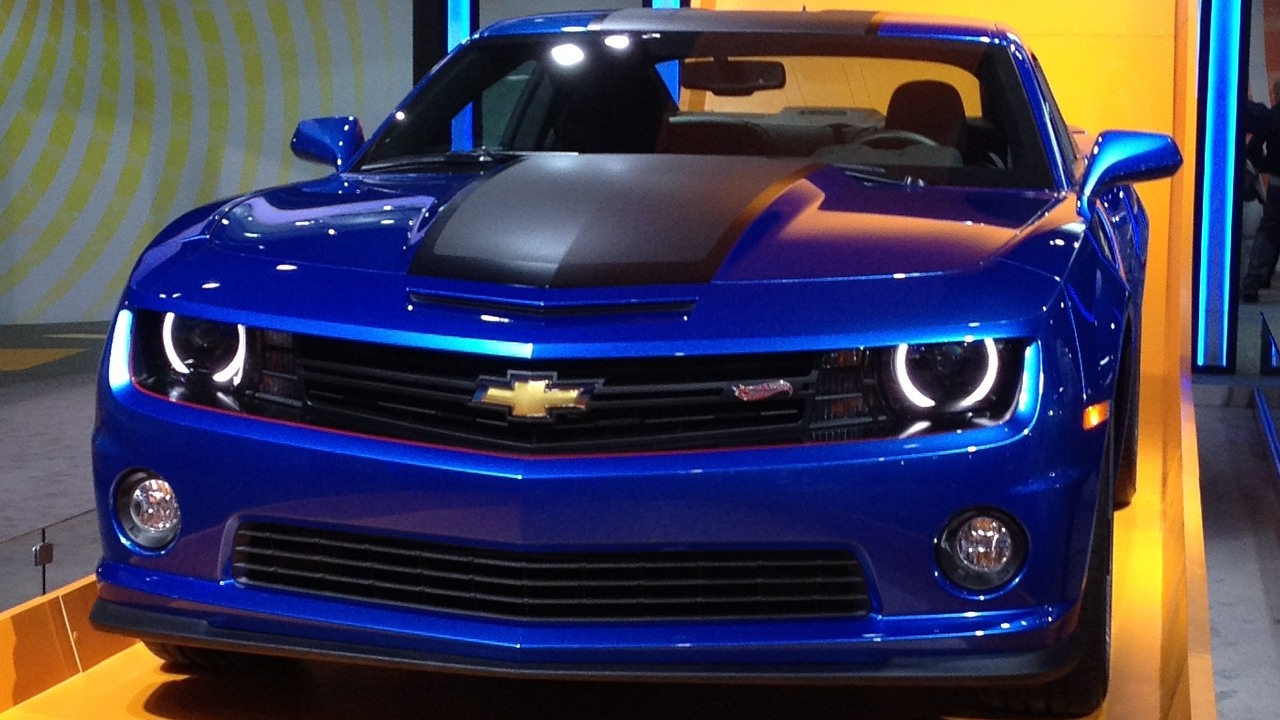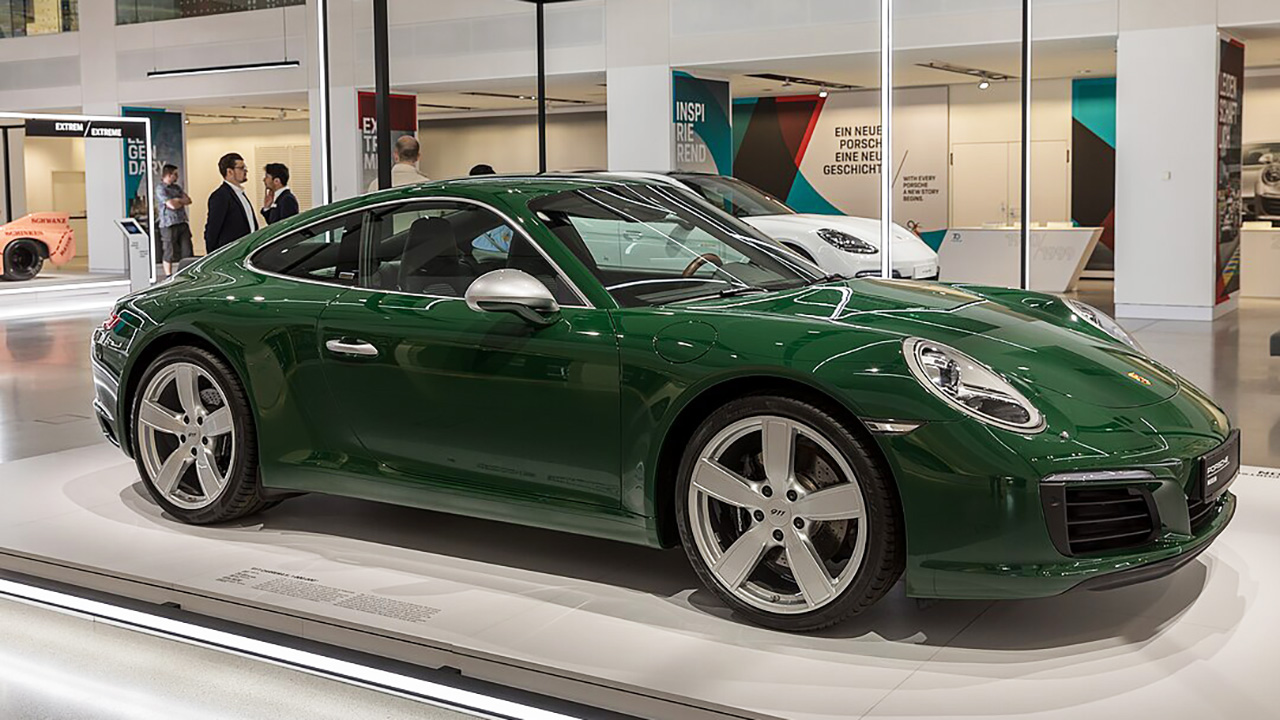Special edition vehicles have become a strategic tool for automakers aiming to capture consumer interest and drive sales. By offering unique features, limited quantities, and exclusive branding, these editions create buzz and urgency among car enthusiasts and collectors alike. The diverse ways automakers leverage special editions enhance their market appeal and boost revenue, making them an integral part of modern automotive marketing strategies.
The Appeal of Exclusivity

One of the primary attractions of special edition vehicles is their limited production. By manufacturing only a small number of units, automakers heighten the desirability and perceived value of these models. For instance, the 2020 Ford Mustang Shelby GT500, which was limited to a specific production run, instantly became a sought-after model among collectors. This limited availability not only creates a sense of urgency but also encourages potential buyers to act quickly before the opportunity passes.
Special editions often feature unique design elements and bespoke features that set them apart from standard models. These may include exclusive paint colors, custom interiors, or advanced technological upgrades. The Mercedes-AMG GT R PRO is a prime example, offering unique aerodynamic enhancements and track-focused features not found on the standard AMG GT models. Such distinctive attributes ensure that special editions stand out in a crowded market, appealing to consumers who crave individuality.
Automakers also employ targeted marketing strategies to attract specific consumer segments. By focusing promotional efforts on enthusiasts interested in exclusivity, they effectively tap into niche markets. Brands like Lamborghini often use social media and influencer partnerships to reach affluent buyers who value prestige and distinction, ensuring that their special editions are seen by the right audience.
Brand Image Enhancement

Special editions often serve to enhance a brand’s image by paying homage to its heritage and legacy. For instance, the 2019 Porsche 911 Speedster celebrated 70 years of Porsche sports cars, drawing inspiration from the brand’s storied history. Such models not only strengthen brand loyalty but also remind consumers of the automaker’s rich legacy, fostering a deeper emotional connection with the brand.
Collaborations and partnerships further elevate the appeal of special editions. Automakers frequently team up with renowned designers, celebrities, or other brands to create unique models. The 2020 Aston Martin DBX Bowmore Edition, developed in partnership with the Bowmore whisky distillery, featured exclusive design cues and luxury touches inspired by both brands. These collaborations infuse special editions with additional prestige and allure.
Media coverage and public relations play a crucial role in amplifying the impact of special editions. High-profile launches and strategic media placements generate significant buzz, ensuring that these models receive ample attention. For example, the unveiling of the limited-run Bugatti La Voiture Noire made headlines worldwide, showcasing how effective media strategies can amplify a special edition’s market presence.
Driving Consumer Engagement

Automakers utilize a variety of tactics to generate buzz and anticipation for special editions. Teasers, social media campaigns, and exclusive launch events build excitement long before the official release. Tesla, for instance, effectively uses social media to create anticipation for its limited-edition models, engaging a global audience and sparking widespread interest.
Special editions also foster a sense of community among brand enthusiasts and owners. By creating exclusive clubs or events for owners of these models, automakers enhance customer loyalty and satisfaction. Ferrari’s “Cavalcade” events, exclusive to owners of their special edition vehicles, exemplify how these efforts build a dedicated community of brand ambassadors.
Interactive experiences further engage potential buyers, offering them a taste of what special editions have to offer. Test drives, virtual reality tours, and immersive showrooms allow consumers to experience the unique features of these vehicles firsthand. Audi’s virtual reality showroom for the Audi R8 Decennium edition provided an innovative way for potential buyers to explore the car’s features before making a purchase.
Financial Incentives and Sales Strategy

Special editions often command higher price tags, contributing to increased profit margins for automakers. Limited availability and exclusive features justify premium pricing, as seen with the BMW M4 GTS, which offered advanced performance features at a higher cost than the standard M4 model. This strategy not only boosts profitability but also reinforces the perception of exclusivity.
By producing limited-run models, automakers can effectively manage inventory levels and reduce the risk of overproduction. Special editions allow companies to test market demand and adjust production accordingly, minimizing excess stock. For example, the Dodge Challenger SRT Demon was initially planned as a limited production run, allowing Dodge to gauge interest and manage resources efficiently.
Automakers also introduce special editions tied to specific seasons or regions, maximizing their appeal. For instance, the Toyota Land Cruiser Heritage Edition was released to commemorate the model’s legacy in select markets, catering to regional preferences and boosting local sales. Such strategic releases ensure that special editions remain relevant and desirable across diverse markets.
Challenges and Risks

Despite their advantages, there are risks associated with an overreliance on special editions. Market saturation can dilute brand value, leading to diminished consumer interest. If every model line features numerous special editions, the novelty may wear off, and consumers may become desensitized to the allure of exclusivity. Automakers must balance their production strategies to maintain the unique appeal of special editions.
Producing limited-run models presents financial and logistical challenges. The costs associated with unique design elements, specialized materials, and bespoke manufacturing processes can strain resources. Additionally, ensuring quality control in limited production runs requires meticulous planning and execution. Brands must carefully weigh the potential benefits against these operational challenges.
Finally, automakers face the challenge of meeting consumer expectations for special editions, which are marketed as exclusive and premium. Any failure to deliver on these promises can result in brand damage and customer dissatisfaction. Ensuring that each special edition lives up to the hype is crucial for maintaining consumer trust and brand reputation.
Like Fast Lane Only’s content? Be sure to follow us.
Here’s more from us:
*Created with AI assistance and editor review.







Leave a Reply